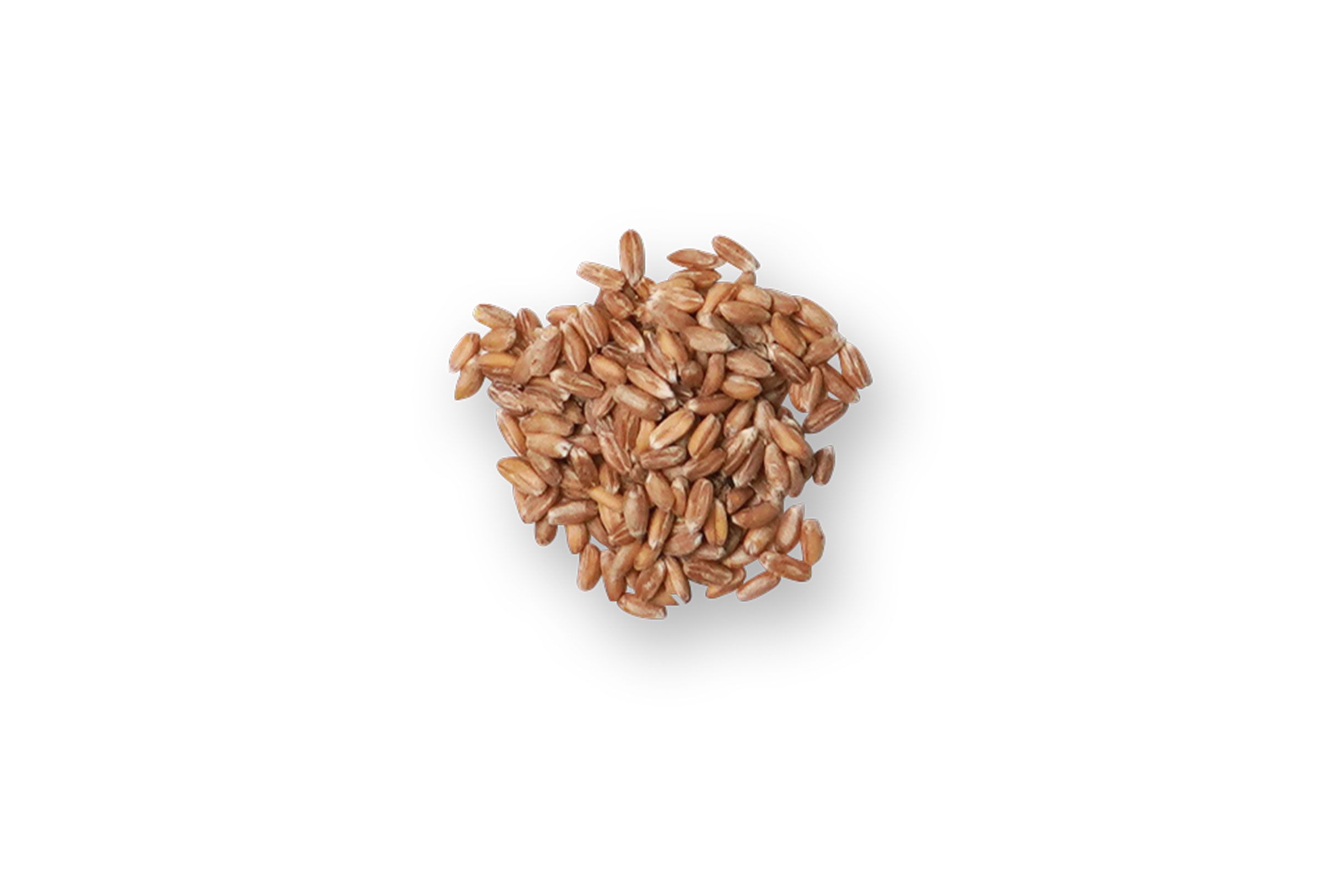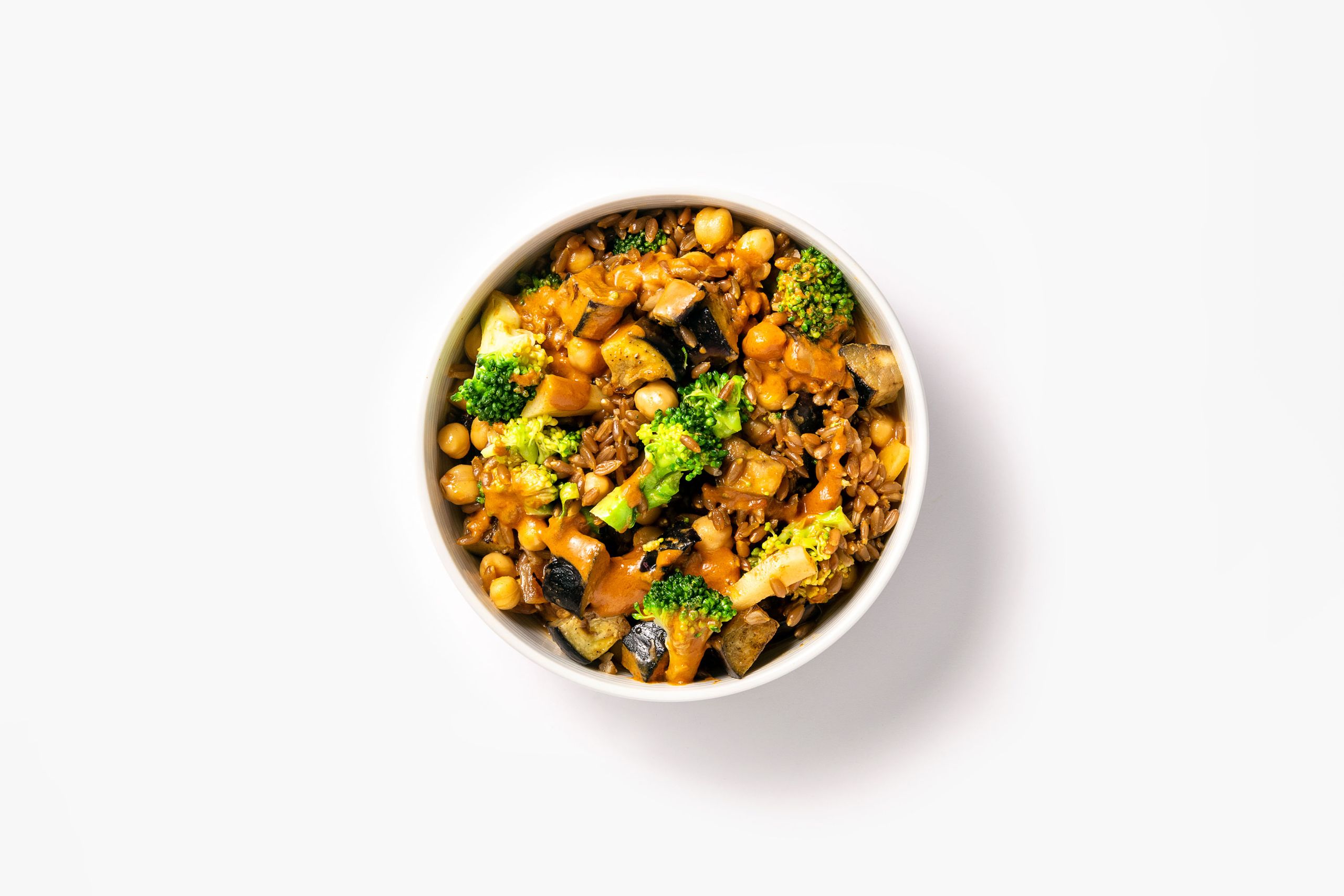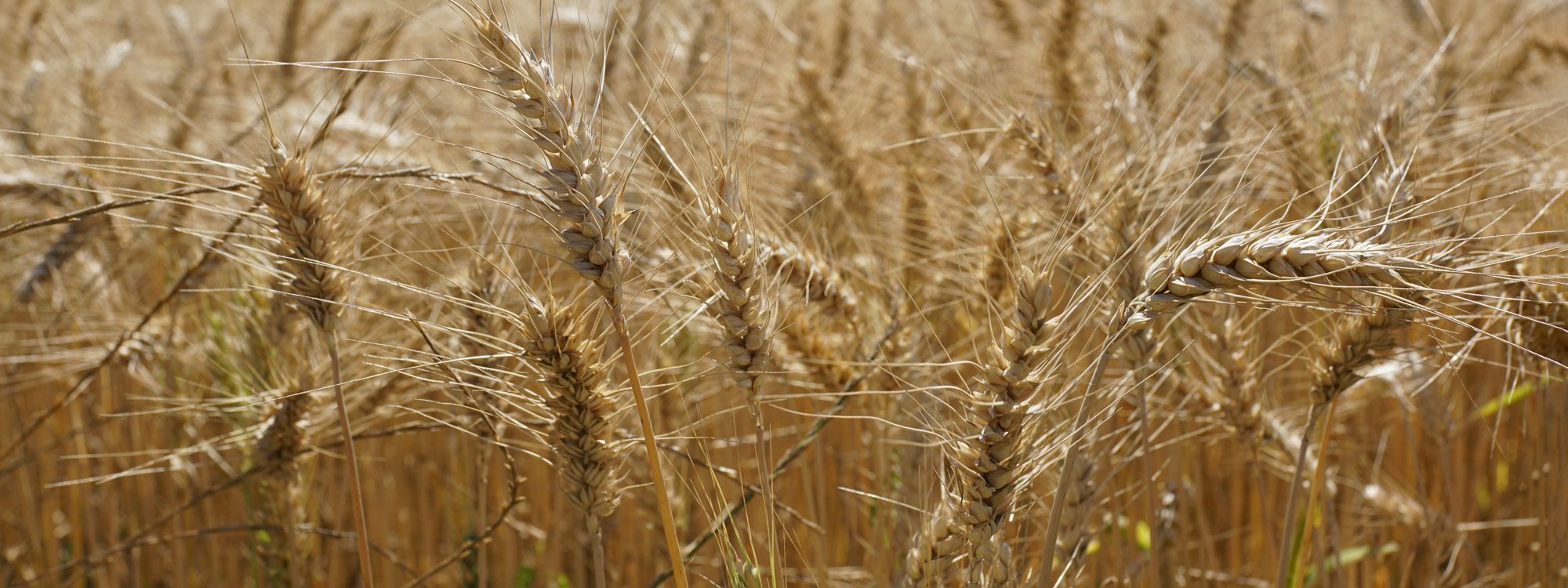Spelt
Nutrient rich grain
Intro
Spelt has been cultivated for over 8000 years, but since the industrial production of wheat, spelt has been overlooked and left in the shadows. Gluten intolerance and the demand for alternatives, was a major push to bring spelt back into the spotlight. And for good reason. In comparison to wheat, spelt boasts impressive advantages: it's easier to digest, promotes gut health and contains more vital substances than wheat.

What is spelt?
Spelt (bot.: Triricum spelta) is a type of grain. Unlike wheat, the spelt grain is firmly attached to the husks. Spelt grows as an annual crop and can be up to 1 m high. The original spelt grains that weren’t cross-bred with wheat, are known as ancient spelt.
Did you know that green spelt is nothing more than immature spelt seeds? It is harvested approximately 1-3 weeks before regular harvest.

Where does spelt come from?
Ancient scripts document the existence of spelt over 8000 years ago, where it was grown in Egypt. It was also cultivated in Baden-Württemberg und Franke already in 500 AD.
Which types are there?
These types of spelt are grown in Germany:
- Frankencorn
- Schwabenkorn
- Bauländer
- Spelz
- Badengold
- Schwabenspelz
- Zollernspelz
- Holstenkorn
When is spelt in season?
End of June to end of August
Our tips for how you can enjoy spelt:
Spelt grains to cook and grill with, as a replacement for pasta and rice and spelt flour for baking.
Spelt Nutrition Facts per 100g:
| Typical Values | 100g |
|---|---|
| Calories | 338 |
| Fat | 2.4g |
| Carbohydrates | 70g |
| Fibre | 11g |
| Sugar | 7g |
| Protein | 15g |
Minerals found in spelt:
Vitamins: B-Vitamins, Vitamin C and Vitamin E
Minerals: Sodium, Potassium, Magnesium, Phosphate and Iron

